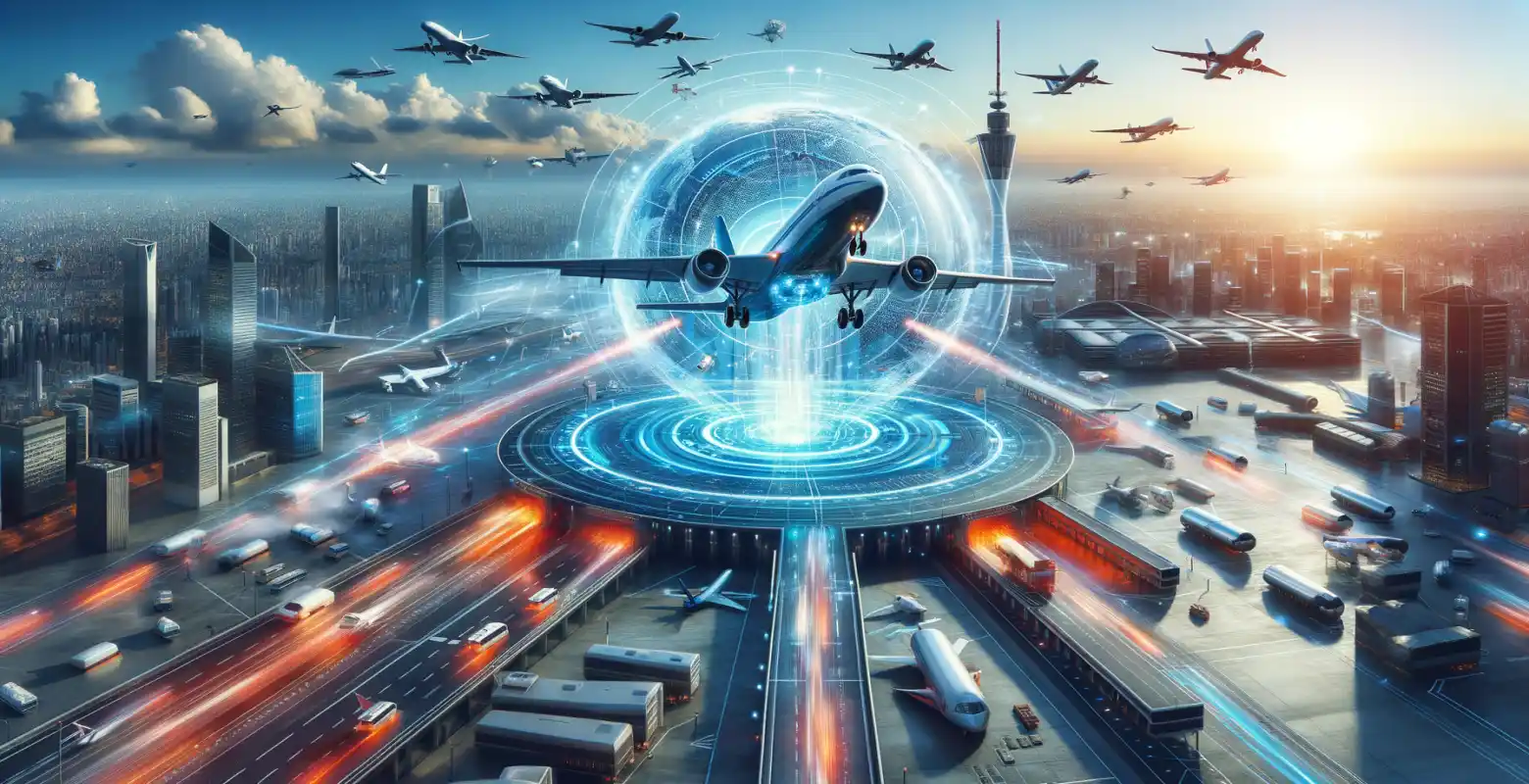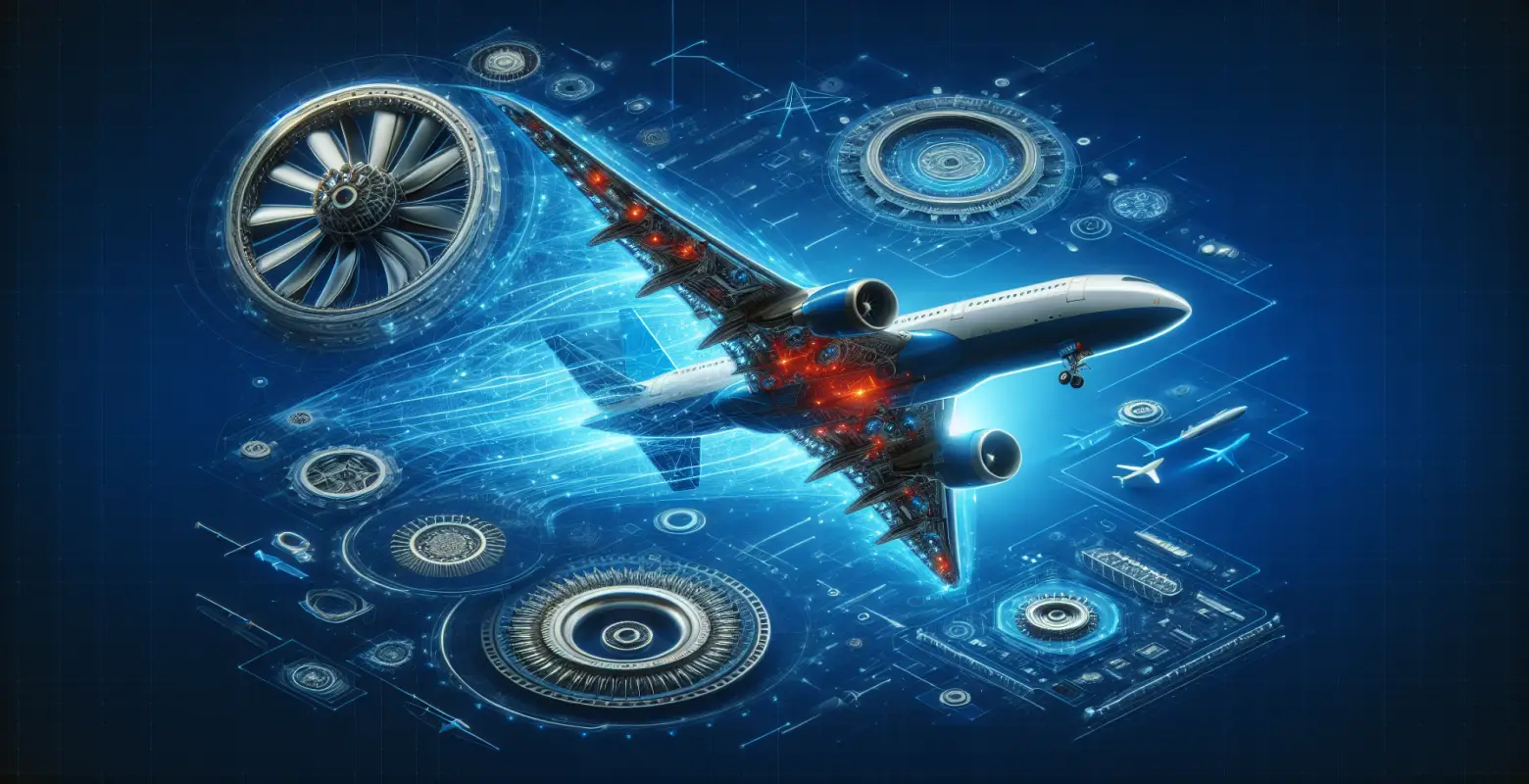The future of collision avoidance systems in aviation
Introduction
Modern aviation is one of the most technologically advanced fields of transportation, where safety plays a crucial role. Anti-collision systems, also known as collision avoidance systems, are technologies designed to prevent potentially catastrophic accidents in the air. In an increasingly congested airspace, the importance of these systems continues to grow. This article will explore the future of anti-collision systems in aviation, discussing their current state, challenges, benefits, and future trends that could revolutionize this field.
History and Development of Anti-Collision Systems
The first attempts to create anti-collision systems date back to the 1950s when the rapid development of civil and military aviation began to pose greater risks of collisions in the air. The introduction of the first radio transponders allowed aircraft to establish basic communication, which was a milestone towards more advanced technologies.
However, the real breakthrough came in the 1970s with the introduction of TCAS (Traffic Collision Avoidance System) - a system for detecting and warning of collisions in air traffic. This system, based on communication with the transponders of other aircraft, generates warnings and suggests collision avoidance maneuvers. TCAS has become a standard in civil aviation, and its development continues to this day, encompassing increasingly advanced versions such as TCAS II.
Current Challenges of Anti-Collision Systems
Despite numerous improvements, anti-collision systems still face many challenges. One of the main problems is their dependence on properly functioning transponders, which, if turned off or malfunctioning, can prevent the detection of threats. Another challenge is the increasing number of drones and other unmanned aerial vehicles that often lack standard avionics systems used in manned aviation.
Another significant issue is the integration of data from various sources, such as satellites, ground radars, and onboard aircraft systems, which is crucial for accurately predicting potential collisions. This requires advanced algorithms capable of quickly and precisely analyzing large amounts of information.
Benefits of Anti-Collision Systems Development
Modern anti-collision systems bring a range of benefits that contribute to enhancing aviation safety. Primarily, they enable early detection of potential threats, allowing pilots to take appropriate preventive actions. As a result, the number of incidents related to close encounters in the air has significantly decreased.
Additionally, the development of these technologies contributes to optimizing flight routes, which can lead to reduced fuel consumption and CO2 emissions. Better air traffic management also allows for increased airspace capacity, which is crucial given the growing number of flights.
Future of Anti-Collision Systems
The future of anti-collision systems in aviation looks extremely promising, thanks to advances in technology and innovation. One of the most promising directions is the development of systems based on artificial intelligence (AI), which can learn and adapt to changing conditions in real-time. AI can enhance the effectiveness of anti-collision systems by offering more precise forecasts and better collision avoidance strategies.
Another key trend is the integration of anti-collision systems with new communication technologies, such as 5G, which enable faster and more reliable data exchange between aircraft and ground infrastructure. This allows for almost real-time transmission of air traffic information, which is crucial for avoiding collisions.
Future Challenges
Despite promising progress, the future of anti-collision systems also involves a series of challenges. One of them is ensuring compatibility and interoperability between different systems used in different countries and regions, requiring international cooperation and standardization. Additionally, the development of anti-collision technologies must be accompanied by appropriate legal regulations that take into account new capabilities and threats.
Cybersecurity issues must also not be overlooked. As these systems become increasingly complex and integrated with communication networks, the risk of cyber attacks that can disrupt their operation or exploit them for malicious purposes is growing.
Summary
Safety in aviation is a priority, and anti-collision systems play a crucial role in it. Their development and improvement are essential to meet the challenges of contemporary and future air traffic. Technological progress, including the use of AI and new communication technologies, opens up new possibilities but also poses new challenges. Therefore, international cooperation and continuous exploration of innovative solutions are vital to ensure an even higher level of safety in the skies.
With the increasing number of flights and the emergence of new participants in air traffic, such as drones, the future of anti-collision systems becomes particularly important. It is worth following the development of this dynamic field, whose impact on aviation safety and efficiency will become increasingly noticeable.






Number of comments: 0